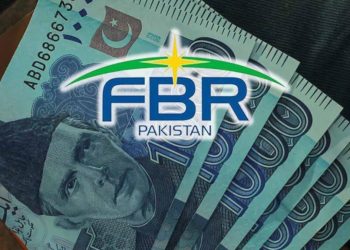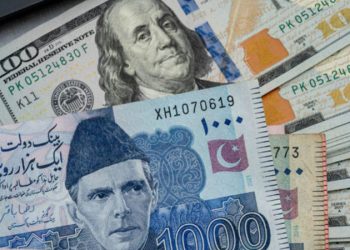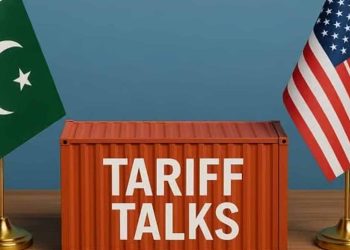According to a report by the World Bank (WB), the average household income in Pakistan has grown by 69 percent as compared to expenditure growth of only 49 percent over the last 20 years.
Data shows that average household income grew from Rs. 16,000 in 2001 to over Rs. 26,000 in 2018, with a trend of continuing growth in the following years. However, expenditures only increased from around Rs. 18,000 to Rs. 24,000 during the same period.
According to data, households’ net worth also increased by 25 percent during this time, from 61.7 points to 77.6 points on the index.
Economists attribute this to the widening gap between expenditures and income, which has enabled Pakistanis to increase their savings over the last two decades.
The WB report showed that by 2018, rural households owned 32 percent more wealth than urban households on average.
The data showed that both income and expenses increase as people get older, but income starts to exceed household expenses in people’s early 40s. This has allowed the savings rate to grow by 20 percentage points by the age of 55.
More than 80 percent of Pakistanis tend to save in the form of residential houses and land because it is less risky and more liquid than other assets such as business durables or stocks.






